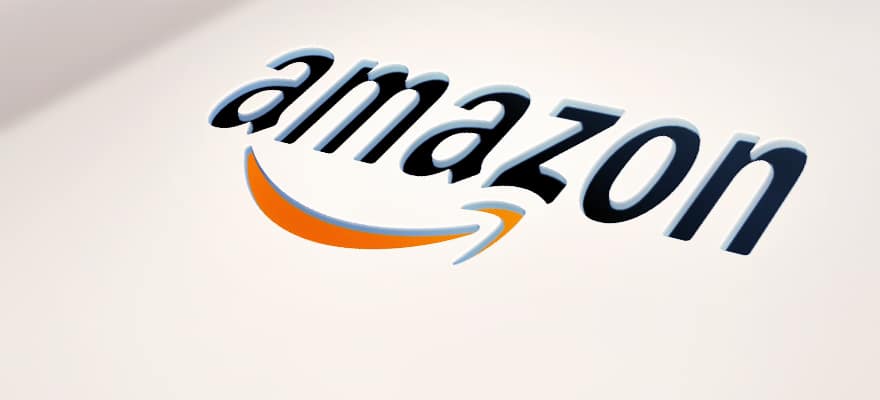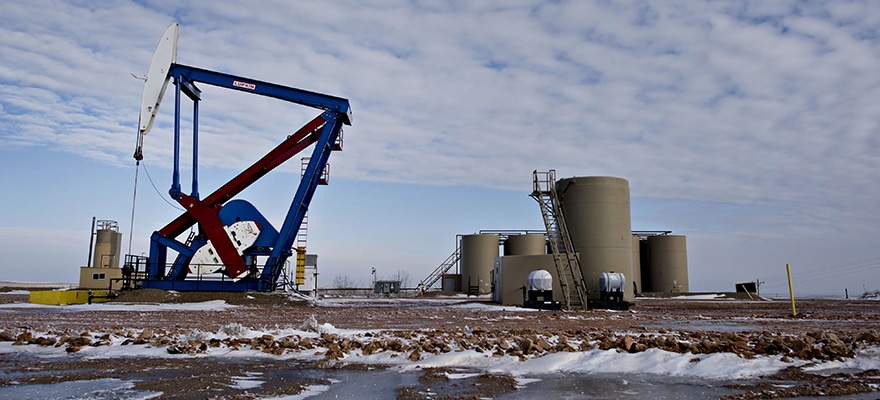Your website’s landing page of is the equivalent to your sales team in the offline world. As the name suggest, it is the first thing your visitors see when they visit your website and as such, it can be used to generate Leads and as sales pages.
The efficiency of each successful landing page is determined by 3 factors:
1. Attractive design
2. Natural call to action
3. Regular optimization
Landing page optimization can be both a science and an art. It is a painful process which requires constant traffic analysis and design trend updates in order to have a successful Return on Investment (ROI). By incorporating Google Analytics , you can follow the metrics of your landing page and perform optimization accordingly.
The key is in constant tracking, so you will be able to know which changes bring in more conversion and which don’t. The key factors you need to follow during your landing page analysis are:
- Conversion rate
- Bounce Rate
- Time spent
Conversion rates represent the number of people that took the action you were aiming for and that is a percentage of people that bought your product or hired your service. Having low conversion rates is one of the biggest problems you can face. That is why it is important to tweak your landing page accordingly with a new design or different content so your visitors will be more appealed to perform the action you want them to take.
The Bounce Rate is something that should not worry you as much as conversion rate but it should not be neglected either. It represents a percentage of people that came to your landing page and left it immediately, without taking any action, spending any time or clicking any links at all. These people are potential customers that you have lost because you couldn’t keep the attention of your visitors. This happens because of the content in which they found the link had no relevance to it whatsoever. Keep in mind that your landing page is also the final step before shopping, so the content that leads to it must be prepared carefully.
How to optimize your landing page:
The first thing you need to do is define the purpose of your landing page. This is the only thing that differentiates it from the other pages on your website. You need to define one call-to-action per landing page. More than that will only lead to confusing of your visitors.
The second step is to start tracking. Start with primary stats and make a backup for comparison. When you are done calculating the odds of your conversion and bounce rates, move forward to tweaking.
While altering your landing page, keep in mind that small changes can make a huge difference. Make creative and appealing headlines and focus your content to one action you particularly intended the page for. It is important to keep the page simple and targeted, so your readers will not go astray from the action you intend them to take.
Adding visually engaging items such as colorful images, arrows, buttons and videos will help you attract and guide the visitors to view to the exact action you are interested in them taking. Try and do this while following the stats and metrics of the page in real-time. These alterations can cause your metrics to jump up and down, so make sure you compare them with a copy of the previous design in order to find the best performing design.
Landing page optimization is an ongoing process, but do not overdo it. If you already have acceptable conversion rates, do not risk altering it just so you can get a few additional percent. This may lead you to a serious investment with low return.
It is advisable that you perform surveys, aka five second tests that will give you feedback on your visitor’s opinion about the design of your landing page. These surveys consist of no more than three questions such as:
- What does this site do?
- What did you like the most about the design
- What did you like the least about the design
Answers to these questions can help you generate the list of the most problematic issues of your landing page so they can be adhered in the future.
Image courtesy of Wikimedia

















